What! It must be spring! UK Supermarkets have been asked to keep daffodils (the cut flowers and bulbs) away from fruit and vegetables by Public Health England (PHE), who said people had been know to mistake the bulbs for onions and the green stems as popular Chinese vegetables! (see poison effects and symptoms below, including daffodil itch!).
Source (with that): The Guardian, The Independent.
Daffodils / Narcissus
All Narcissus species contain the alkaloid poison lycorine, mostly in the bulb but also in the leaves. Members of the monocot subfamily Amaryllidoideae present a unique type of alkaloids, the norbelladine alkaloids, which are 4-methylcatechol derivatives combined with tyrosine. They are responsible for the poisonous properties of a number of the species. Over 200 different chemical structures of these compounds are known, of which 79 or more are known from Narcissus alone.
The toxic effects of ingesting Narcissus products for both man and animals (such as cattle, goats, pigs and cats) have long been recognised and they have been used in suicide attempts. Ingestion of N. pseudonarcissus or N. jonquilla is followed by salivation, acute abdominal pains, nausea, vomiting, and diarrhea, then neurological and cardiac events, including trembling, convulsions, and paralysis. Death may result if large quantities are consumed
Poisoning
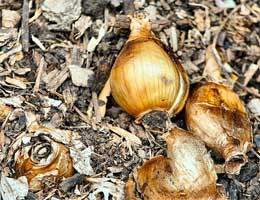
On 1 May 2009 a number of schoolchildren fell ill at Gorseland Primary School in Martlesham Heath, Suffolk, England, after a daffodil bulb was added to soup during a cookery class.
Daffodil Itch!
One of the most common dermatitis problems for flower pickers, packers, florists and gardeners, “daffodil itch”, involves dryness, fissures, scaling, and erythema in the hands, often accompanied by subungual hyperkeratosis (thickening of the skin beneath the nails). It is blamed on exposure to calcium oxalate, chelidonic acid or alkaloids such as lycorine in the sap, either due to a direct irritant effect or an allergic reaction. It has long been recognised that some cultivars provoke dermatitis more readily than others. N. pseudonarcissus and the cultivars ‘Actaea’, ‘Camparelle’, ‘Gloriosa’, ‘Grande Monarque’, ‘Ornatus’, ‘Princeps’ and ‘Scilly White’ are known to do so.
If bulb extracts come into contact with wounds, both central nervous system and cardiac symptoms may result. The scent can also cause toxic reactions such as headaches and vomiting from N. bulbocodium.

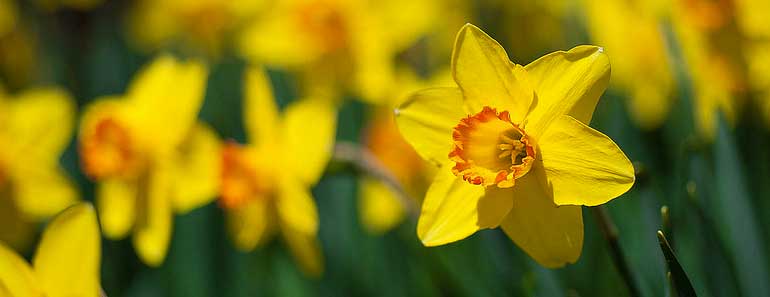
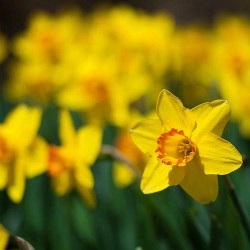
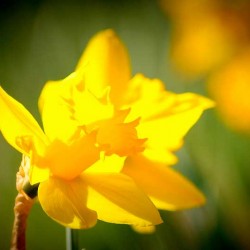
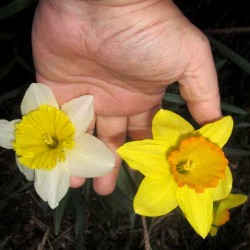
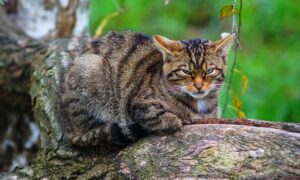
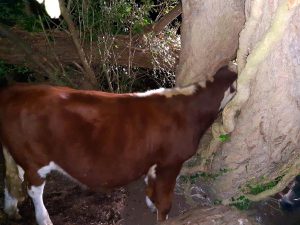



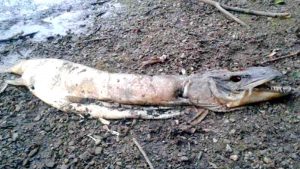
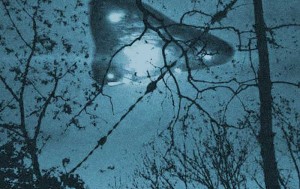
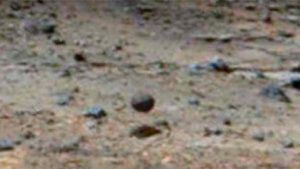


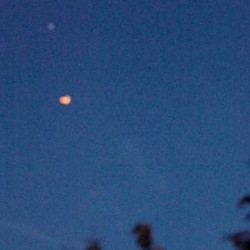
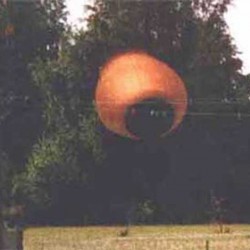
Surely people are not that stupid and can tell the difference between an onion and a daff.
Why are we paying these people to spout this rubbish